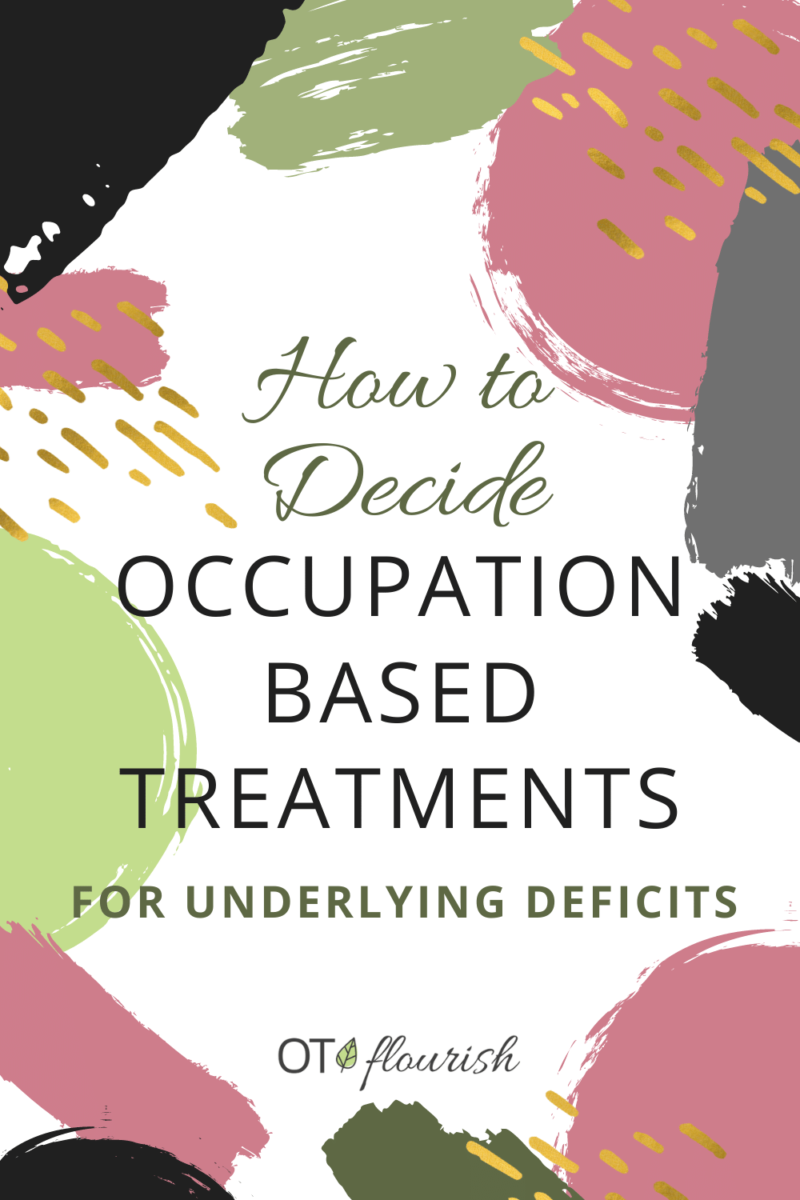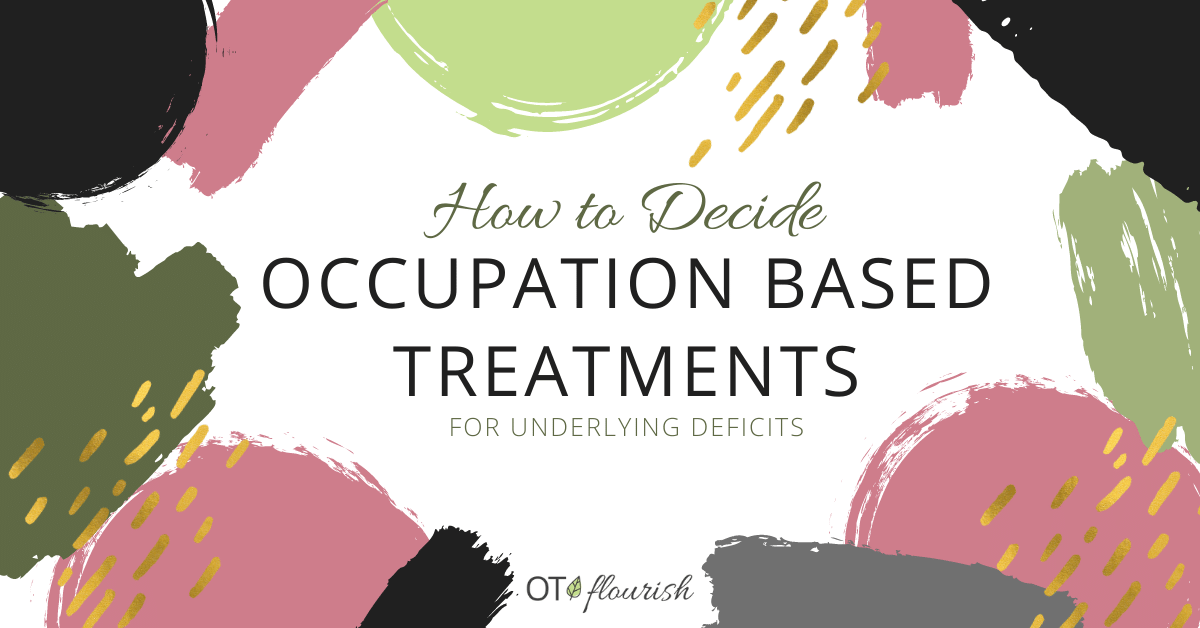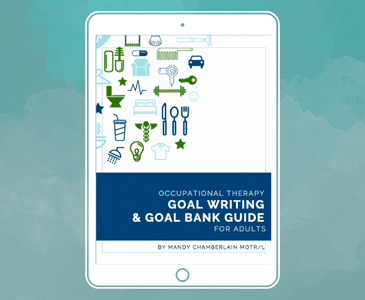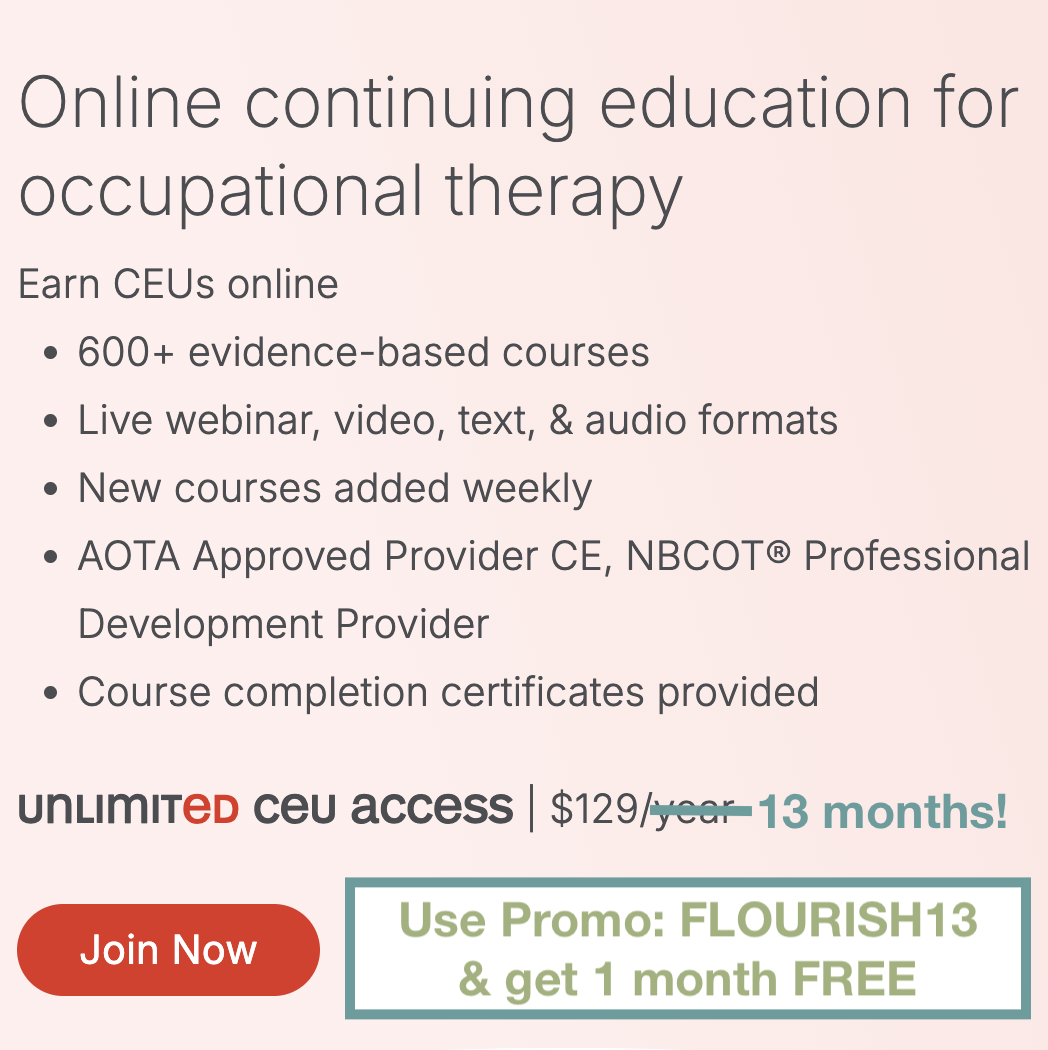Activity analysis is the KEY to occupational therapy.
It helps us be holistic. It helps us be client centered. It helps us look at how we can help our patients return to the occupations that they need and want to do!
Sometimes when we are working with our patients as occupational therapy practitioners, we tend to get stuck in the rut of only working on the occupation that the patient is having trouble with. If they have difficulty with dressing, we only work on dressing. If they are having difficulty with toileting, we only work on toileting.
We cannot forget that using our occupational therapy activity analysis skills are unique to our profession and how we use this to break down the body functions, environment, etc to determine what exactly is limiting occupational performance!
When we do this, we can figure out what we exactly need to hone in on to help our patients reach their goals!
In this article, we will talk about:
- What activity analysis is
- How we use it to determine appropriate skilled OT interventions
- How do we document it and
- How do we as OT practitioners use this to progress the patient toward their goals vs one-off treatment interventions
I am sharing a micro-video and resources from the OT Accelerator today that explains exactly how to do this in your own practice.
What is Activity Analysis and Why is it Used?
Activity analysis in occupational therapy is like our trusty toolkit. It’s a systematic process we use to understand and evaluate the activities people engage in during their daily lives. Think of it as peeling back the layers of an occupational puzzle to uncover the essential elements. Or, more professionally, the activity analysis occupational therapy definition is the process used by OT practitioners which “addresses the typical demands of an activity, the range of skills involved in its performance, and the various cultural meanings that might be ascribed to it” (Crepeau, Cohn, & Boyt Schell, 2003, p.192).
So in order to get creative, client centered and occupation based, this is the most important thing we need to be doing in order to break down the task and figure out what we need to be addressing with the patient from a holistic perspective.

What is Included in an Activity Analysis?
1. Identify the Activity: First, we pick the specific activity that’s relevant to our client’s goals. It could be anything from dressing themselves to cooking a meal.
2. Break It Down: Just as we break down complex tasks into manageable steps, we dissect the chosen activity into its constituent parts. We look at the physical and cognitive skills required, the tools or equipment involved, and the context in which the activity takes place.
What is the first step of activity analysis? Figuring out what they are ACTUALLY having trouble with.
-
- Is it dynamic balance?
- Is it fine motor?
- Is it visual perception?
- Caregiver participation in the task?
3. Observe and Gather Data: We closely observe our clients as they perform the activity or describe how they do it. This hands-on approach helps us gather valuable data about their strengths, weaknesses, and any challenges they face.
4. Analyze and Plan: With our data in hand, we analyze the activity to identify areas that need attention. We then use this analysis to craft client-specific intervention plans that guide our therapy sessions.
Example:
Long Term Goal: Patient will don lower body clothing independently within 6 weeks.
Short Term Goal: Patient will increase right internal rotation to 100 degrees to pull up pants in 3 weeks.
If you need additional help in creating rock solid, client centered occupational therapy goals, the Goal Writing Guide and Goal Bank is perfect!
Interventions
- Once you can pinpoint an area (or more!) that the patient is having difficulty with, figure out what other type of occupations and body functions you could use address this same area.
- Be client centered!
- Integrate activities are occupation based or meaningful to them into your treatment sessions or directly address the underlying deficit.
Working on endurance because they cannot stand the 2 minutes it takes to pull up their pants?
- Interventions could include:
-
-
- cornhole
- facility scavenger hunts
- folding laundry
- light cooking task
- standing at parallel bars
-
-
*NOTE: You must measure how long they participate in the task to document our skilled intervention and progress the patient at the next visit.
Grasping their pants giving them trouble because they have hand weakness?
- Interventions could include:
-
-
- mixing cookie dough
- squeezing spray bottles to clean windows
- wringing out wet washcloths
- theraputty exercises
- turning screwdrivers into wood
-
-
*NOTE: You must document level/strength of putty, grip strength, X number of times participating in the exercise/activity, etc to show progression in this area vs a “one off” treatment technique.
_______________________________________________________________________________________________________________________________________________________
Want a HUGE pdf list of Occupation Based Ideas for Endurance and Activity Tolerance?
Sign up below and get access to this and all the resources available in the Free Level of the OT Accelerator


You can use an occupation based kit that you can make for your department, which is an easy way to be more occupation centered and is easy to grab and go when you need it or even get creative with activities that they may enjoy vs traditional exercise (which is also absolutely appropriate and can be integrated into their plan of care) like a scavenger hunt to address their deficits.
OT Accelerator members also have exclusive access to 100s of resources to help you find interventions that will address these areas:
Documentation
Document the specific body function/component that you are working on so you can directly link it to the occupation and goal that the patient is working on.
Example Documentation:
Therapist instructed in dynamic sitting balance activity, requiring the patient to pick up objects from floor level 10x with 1, 30 second rest break to progress toward lower body dressing.
- You could have completed any activity to work on dynamic balance in this scenario:
-
- picking up socks out of a laundry basket
- playing Jenga with set up of the blocks on the floor
-
You do not have to document the specific activity (as in you do not have to document that the patient is playing Jena) unless it is directly related to the goal.
Using activity analysis as a framework, helps not only dictate treatment interventions to help your patient meet their goals, but it also helps both you, as the clinician, and the patient be able to focus on the part of the intervention that is imperative to their progress.








4 thoughts on “Using Activity Analysis to Make 10 Awesome OT Interventions”
This is such a great resource especially for me as an occupational therapy student in Kenya where getting useful resources is almost like milking a buffalo.
hahaha – I am so glad this is useful to you!
I REALLY ENJOY THESE READINGS.IM A COTA AND HAVE BEEN OUT OF WORK A FEW TEARS AND FEEL MY DOCUMENTATION SKILLS PLUMMETTED.IM STARTING A PRN JOB AND SCARED TO DEATH WHEN IT COMES TO DOCUMENTATION IN A SNF SETTING.THANK YOU FOR WHAT YOU SHARE.SIBCERELY LAUREN M.
so happy it is helpful Lauren – it is definitely hard getting back into the swing of things!